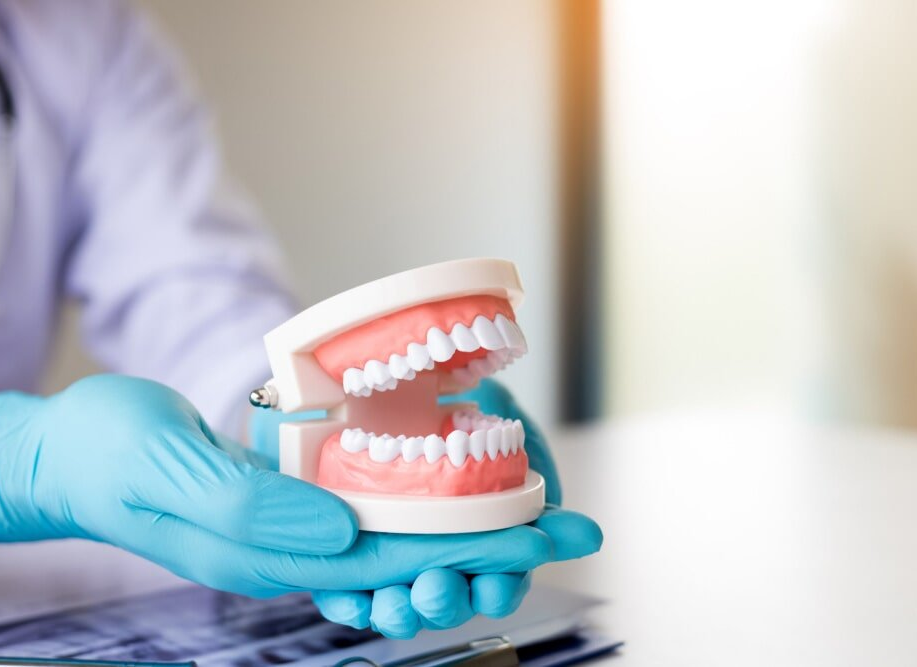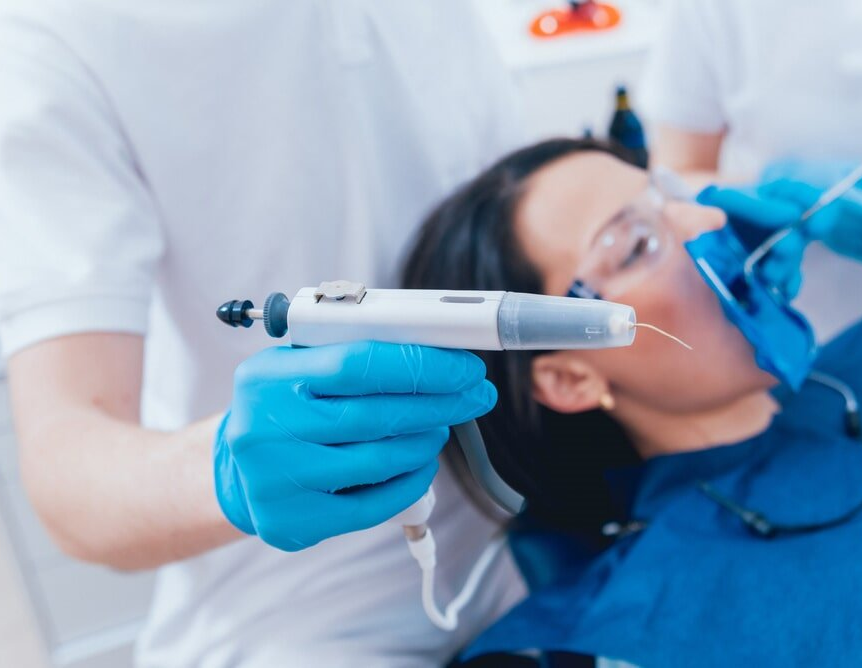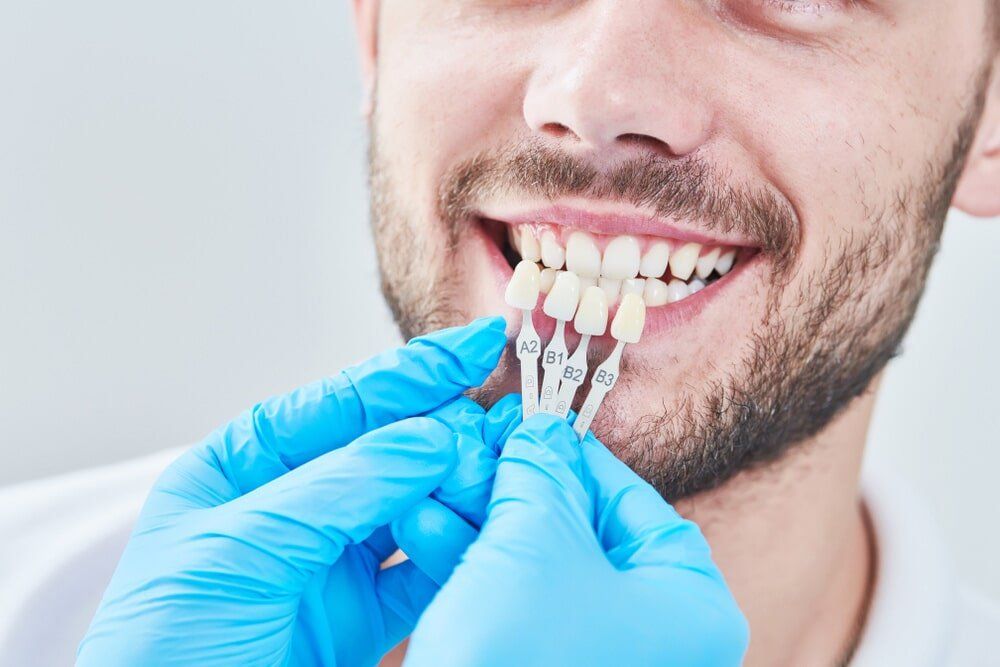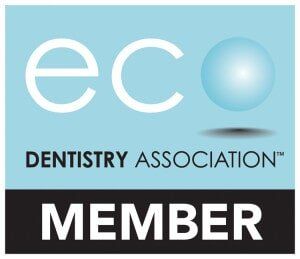CONTACT OUR BYRON BAY ECO-DENTISTS
Thank you for contacting Bytes of Byron Eco Dentistry.
We will get back to you as soon as possible.
Please try again later.
RESTORATIVE ECO-DENTAL TREATMENTS
Restorative dentistry works hand in hand with cosmetic dentistry to restore decayed, damaged or missing teeth in order to revitalise your naturally beautiful smile. The attentive dentists at Bytes of Byron offer a full range of restorative treatments in
Byron Bay and
Lennox Head, including:
- Fillings
- Crowns
- Bridges
- Veneers
- Root canals
- Teeth whitening
- Complete & partial dentures
FILLINGS
Dental fillings restore a tooth to its original form and function. The structural loss typically results from caries or external trauma. Dental restorations (fillings) may be fabricated out of a variety of materials. Common direct restorative materials include glass ionomer cement and composite resins.
WE DO NOT USE AMALGAM (MERCURY) FILLINGS AT BYTES OF BYRON.
Common indirect restorative materials include, acrylic, porcelain, zircon, gold and other metals. Composite fillings are a mixture of glass or quartz filler in a resin medium that produces a tooth-coloured filling. Composite fillings provide good durability and resistance to fracture in small-to-mid size restorations that need to withstand moderate chewing pressure.
ROOT CANAL
Root canals (also called endodontics) are beneficial if you have a tooth whose internal structures are damaged. Root canal therapy can restore your tooth to its state of health by treating the damaged part of your tooth. Inside each tooth is the pulp which provides nutrients and nerves to the tooth, it runs like a thread down through the root. When the pulp is diseased or injured, the pulp tissue dies.
If you don’t remove it, your tooth gets infected and you could lose it. After the dentist removes the pulp, the root canal is cleaned and sealed off to protect it. Then your dentist may choose to place a crown over the tooth to help make it stronger.
Most of the time, a root canal is a relatively simple procedure with little or no discomfort involving one to three visits.
CROWNS
A crown is a restoration that completely covers a tooth to give it strength and support. It can restore a tooth to its normal shape and size and can make your tooth stronger and improve its appearance.
A crown can also cover and support a tooth with a large filling when there isn’t enough tooth left. It can be used to attach a bridge, protect a weak tooth from breaking or restore one that’s already broken.
A crown is a good way to cover teeth that are discoloured or badly shaped. It’s also used to cover a dental implant.
BRIDGES
Dentists recommend bridges (sometimes called a fixed partial denture) if you are missing one or more teeth. Bridges help maintain the shape of your face, as well as alleviating the stress in your bite by replacing missing teeth.
The restoration can be made from gold, alloys, porcelain or a combination of these materials and is bonded onto surrounding teeth for support. An implant bridge attaches artificial teeth directly to the jaw or under the gum tissue.
Depending on which type of bridge your dentist recommends, its success depends on its foundation. So, it’s very important to keep your remaining teeth healthy and strong.
TEETH WHITENING
Each of your teeth is made up of an inner dentin layer and a hard outer enamel layer, which protects the teeth. Tooth stains occur because foreign material (food, coffee, cigarette smoke, etc.) accumulates to form a pellicle film over the enamel layer.
As this pellicle layer sits on your teeth for years and years the foreign material gets into the enamel. The enamel layer is made up of hydroxyapatite crystals which form microscopic hexagonal “rods”. As the enamel is porous, the staining agents work their way down into the tooth.
Whitening can be achieved with a take home whitening kit. If you want to have a whiter or brighter smile, ask our friendly dentists about our whitening procedure.
VENEERS
Dental Veneers (also called porcelain veneers or dental porcelain laminates) are thin custom-made porcelain shells crafted of tooth-coloured materials designed to cover the front side of teeth. These shells are bonded to the front of the teeth changing their colour, shape, size or length. They’re made by a dental technician, usually in a dental lab, working from a model provided by the dentist.
Veneers are routinely used for:
- Chipped teeth
- Teeth that are worn down
- Teeth that are discoloured
- Teeth with gaps between them
- Teeth that are misaligned, uneven or irregularly shaped
COMPLETE & PARTIAL DENTURES
Dentures are prosthetic teeth constructed to replace missing teeth, which are supported by surrounding soft and hard tissues of the oral cavity. There are two main categories of dentures, depending on whether they are used to replace missing teeth on the mandibular arch or the maxillary arch. Partial dentures are for patients who are missing some of their teeth on a particular arch. Complete dentures or full dentures are worn in patients who are missing all their teeth in an arch (i.e the maxillary or mandibular arch).
If you are not satisfied with the look or fit of your dentures, you can visit our surgery for a consultation. We can fabricate partial dentures and dentures/partials without metal clips that are visible. We can also fabricate implant-supported dentures which are comfortable and can help a patient to chew and smile comfortably without embarrassment. Even if you wear full dentures, you still must take good care of your mouth.
Brush your gums, tongue and palate every morning with a soft-bristled brush before you insert your dentures to stimulate circulation in your tissues and help remove plaque. You also need to visit your dentist regularly for a check-up and an oral cancer screening.
CONTACT US
- Mon - Fri
- -
- Saturday
- -
- Sunday
- Closed
VISIT US
SITE LINKS
CONTACT US
1/140 Jonson St, Byron Bay, 2481, NSW, Australia
- Mon - Fri
- -
- Saturday
- -
- Sunday
- Closed
VISIT US















